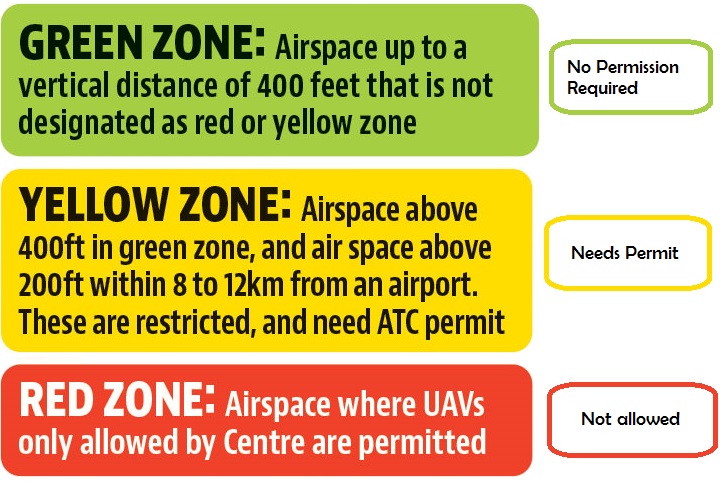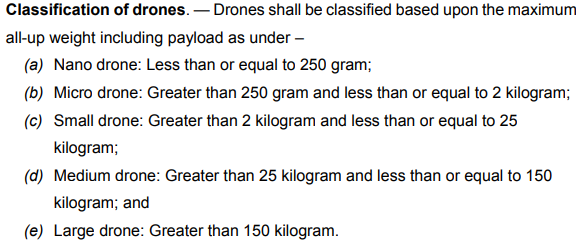7667766266
enquiry@shankarias.in
Why in news?
The government has notified the Drone Rules 2021 that is expected to make drone operations simpler for civilian drone operators.
What are the key features of Drone Rules 2021?
“Drone” means an aircraft that can operate autonomously or can be operated remotely without a pilot on board


No person shall carry dangerous goods on unmanned aircraft unless such operation is in compliance with the Aircraft (Carriage of Dangerous Goods) Rules, 2003
What is the significance of these new drone rules?
Source: The Indian Express, Livemint